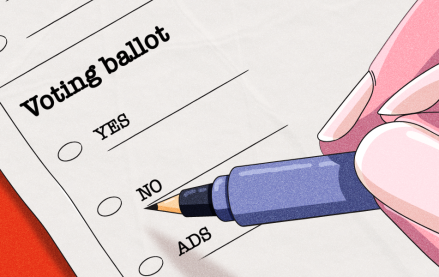How publishers get their reporters to drive subscriptions
For many newsrooms, paying subscribers have replaced pageviews as the key barometer of success.
That means thinking up new ways to steer reporters to create subscriber-worthy stories. Some, such as Business Insider, offer bonuses for reporters who hit subscription targets. Others, such as News Corp Australia, have tried to implement quotas, which have met resistance from newsroom unions. For many publishers, the answer is to simply raise awareness of what is working among reporters.
Over the past two years, the Seattle Times has shown reporters which stories drive subscriptions. It has been building small teams of reporters that work with colleagues in the Times’ audience, product and business intelligence units to figure out what kinds of content people like to read, and how to deliver more of it.
The Times uses different metrics to encourage its reporters to look at the role their work plays in subscriptions, scoring stories based on how soon a conversion happens after a user reads them. If a reader becomes a subscriber within 30 days of reading a piece, that story is deemed to have “influenced”; if a story is read within one week and five articles of a conversion, it is deemed to have “highly influenced”; if someone becomes a subscriber within the same session of reading a story, that story is said to have“directly influenced” a subscription. Reporters have annual goals to increase the number of subscriptions they influence by 15%.
“Pageviews are so easy to game,” said Ray Rivera, managing editor of The Seattle Times. “What we’ve found with stories that prompt people to subscribe is they’re exactly the kinds of stories that, as journalists, we want to be doing anyway. They’re important watch-dog stories, in-depth narratives, politics stories; they’re stories that are right within our mission.”
At some publications, different corners of the newsroom are measured using different metrics. Most reporters at Business Insider, for example, are held to monthly pageview or unique user goals. But reporters that focus on BI Prime have subscriber targets, according to two sources familiar with the program. Those reporters are also encouraged to pursue different kinds of stories that drive conversions. (Business Insider declined to comment on how its reporters are evaluated.) Business Insider editors choose which stories are put behind the BI Prime paywall.
“The industry is enamored of the outcome metrics: pageviews, clicks, ultimate subscriptions. But a lot of those are out of their control,” said Pete Doucette, a managing director at FTI Consulting. “You really should try to emphasize a focus on existing subscriber engagement.”
Quotas are touchy issues with unions. Two weeks ago, News Corp. tried to give reporters at its Australian newspapers subscriber growth quotas, a measure that the Media Entertainment and Arts Alliance, the union representing the newsroom employees, called unacceptable. At the Times, which has an organized newsroom, the 15% improvement is meant to be aspirational; Rivera said there is no penalty for failing to achieve it.
“We don’t want our members being assessed on those metrics,” said Nastaran Mohit, the organizing director of the News Guild. “We want them assessed on the quality of their work.”
More in Media

With Firefly Image 3, Adobe aims to integrate more AI tools for various apps
New tools let people make images in seconds, create image backgrounds, replacing parts of an image and use reference images to create with AI.

Publishers revamp their newsletter offerings to engage audiences amid threat of AI and declining referral traffic
Publishers like Axios, Eater, the Guardian, theSkimm and Snopes are either growing or revamping their newsletter offerings to engage audiences as a wave of generative AI advancements increases the need for original content and referral traffic declines push publishers to find alternative ways to reach readers.

The Guardian US is starting its pursuit of political ad dollars
The Guardian US is entering the race for political ad dollars.








